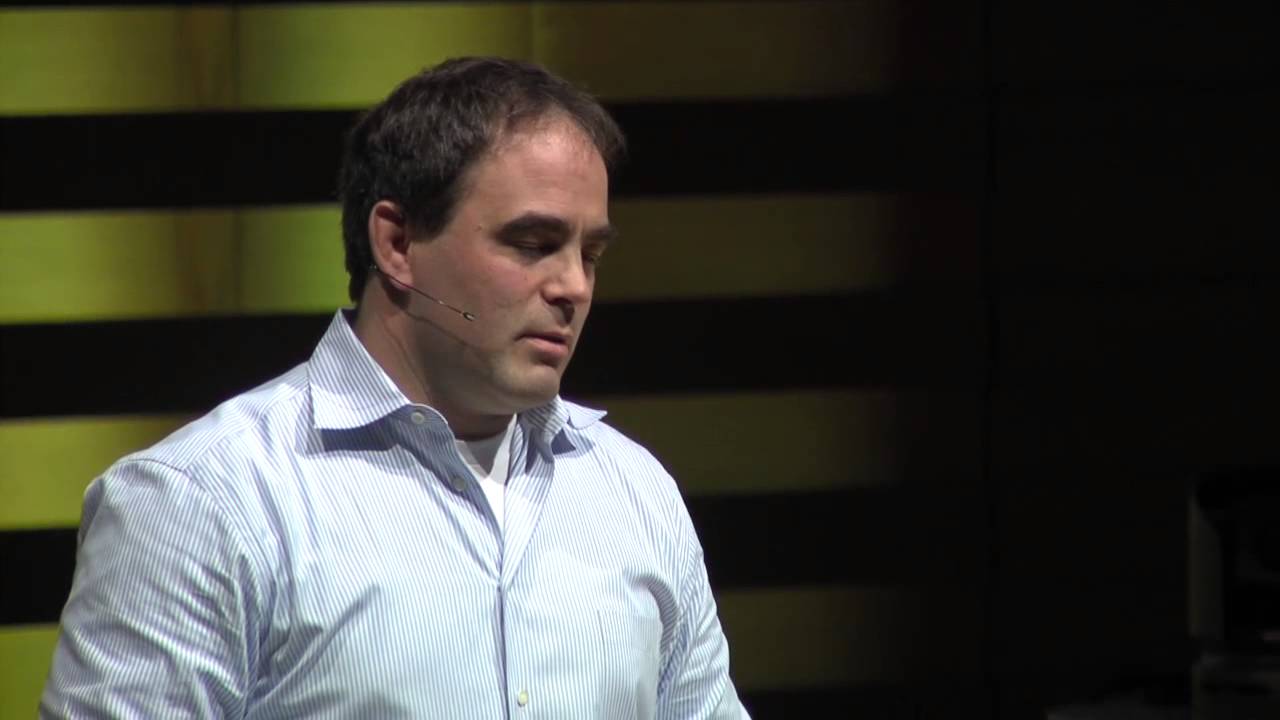When my daughter was just starting primary school, she would look inside a book for the pictures before reading the text. She was old enough to read without pictures, but she wanted to get a quick synopsis before diving in. “Look, Dad! a bunny is carrying a giant clock into a rabbit hole.”
 This is my first article without pictures. At least none of Bitcoin, because the copper coin metaphors are tired and inaccurate. At the user level, owning bitcoin is simply your stake in a widely distributed ledger. Ownership exists only as strings of secret code and public code. There is no physical coin.
This is my first article without pictures. At least none of Bitcoin, because the copper coin metaphors are tired and inaccurate. At the user level, owning bitcoin is simply your stake in a widely distributed ledger. Ownership exists only as strings of secret code and public code. There is no physical coin.
Since the only pictures in this post show a white rabbit with a big clock, let me give you the quick synopsis: The answer is “No”. Bitcoin will not end government, nor its ability to tax, spend—or even enforce compliance.
But there is an irony: Most lawmakers and regulators have not yet figured this out. They perceive a great threat to their national interests. That’s why Andreas M. Antonopoulos runs around the world. He briefs prime ministers, cabinets and legislators with the noble purpose of demystifying and de-boogieing Bitcoin.
Does Bitcoin Help Tax Cheats?
I accept the need for taxpayer reporting, measurement, and compliance initiatives. After all, it’s human nature to dislike paying taxes. Many individuals dodge taxes, if the perceived risk of being caught is low. Sociologists also point out that people are willing to cheat a system, if they perceive it to be sufficiently big or impersonal—i.e that their individual contribution is meaningless.
[ASIDE]: For this reason, Akamai Technologies ends their free-soda-&-snack policy whenever an office grows beyond 30 people (I learned this during a job interview a few years ago). People who would normally respect the policy begin pocketing free sodas for their home or friends, if (a) they no longer know everyone, or (b) they perceive the extra burden is just a drop in the corporate bucket, and not a burden on their office peers.
I suspect that most early proponents of Bitcoin are partially motivated by a desire for low taxes and privacy. While I don’t feel that these individuals are bad for the cause (after all, I am one), I feel that it is unfortunate that they appear to be the overwhelming majority of users & supporters. Let’s dismiss, for the moment, the fraction of voices that want to completely end government and taxation…If you believe in any taxes at all, then government needs compliancy mechanisms, including methods that measure, verify and ultimately arbitrate or prosecute offenders. (Don’t blame me…I’m not even the messenger here. Just an observer).
My point is that in their effort to control a country’s monetary supply (and the interbank loan rate, etc) and in their effort to ensure taxpayer compliance, a great many governments view Bitcoin as a threat. In the past, I felt that my job was to evangelize the public on the benefits of cryptocurrency, and to a great extent, that’s what CRYPSA is all about. But in recent months, I have become confident that Bitcoin will become ubiquitous. It doesn’t need me to be an evangelist. The freight train is now rolling downhill. But…

But as an engineer, author, speaker and occasional consultant, I have found a new calling. Like Andreas Antonopoulos (my idol), I have found a calling in de-boogieing Bitcoin to lawmakers and regulators. I demonstrate that (a) cryptocurrency represents far more of an opportunity than a threat to a national interests, and (b) the future is coming at ya’.
So, either: Stand pat; Get out of the way; or Hop on!
I can give an audience filled with old-school conservatives compelling reasons to “hop on”. Ultimately, blockchain technology coupled with true, permissionless, p2p transactions will shake up established mechanisms and enforcement protocols. They will force new ways of thinking. But cryptocurrency will not end the reign of government—nor even end the ability to tax, enforce and spend. It will simply change the way they do these things. It will also change the way we conduct polls, vote, arbitrate disputes, perform scientific research and much more.
Bitcoin and the blockchain are not just technologies. They transform the way in which many tasks are performed. But it’s not just about efficiency. These technologies offer mechanisms to level the playing field. T hey bring fairness and representation to processes that were opaque and perhaps even relied on the excuse of opaqueness.
hey bring fairness and representation to processes that were opaque and perhaps even relied on the excuse of opaqueness.
Ultimately, Bitcoin may render certain government departments redundant. Nations will begin to question their need to directly control monetary policy. The impact at the department level is no reason to fear Bitcoin. Overall, it represents great opportunity and not a threat. In my opinion, the changes will benefit everyone.
Bitcoin is not an us-against-them instrument. It is win-win. Of course, perception counts. Misunderstanding potential and confusing it for a threat is a fundamental problem. I share CRYPSA’s passion to help make it a very short-term problem.
Philip Raymond is CEO and Co-Chair of CRYPSA,
The Cryptocurrency Standards Association.

 This is my first article without pictures. At least none of Bitcoin, because the copper coin metaphors are tired and inaccurate. At the user level, owning bitcoin is simply your stake in a widely distributed ledger. Ownership exists only as strings of secret code and public code. There is no physical coin.
This is my first article without pictures. At least none of Bitcoin, because the copper coin metaphors are tired and inaccurate. At the user level, owning bitcoin is simply your stake in a widely distributed ledger. Ownership exists only as strings of secret code and public code. There is no physical coin.
 hey bring fairness and representation to processes that were opaque and perhaps even relied on the excuse of opaqueness.
hey bring fairness and representation to processes that were opaque and perhaps even relied on the excuse of opaqueness.





